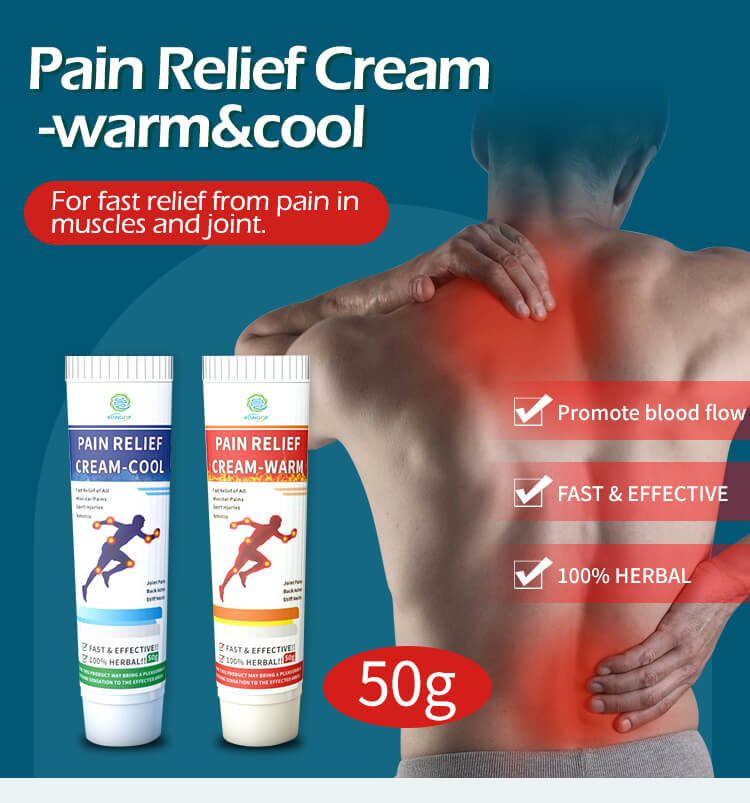When it comes to purchasing pain relief products for resale or distribution, understanding the science behind how they work is crucial for B2B buyers. Pain relief creams and topical analgesics are popular choices for many consumers dealing with muscle aches, joint pain, and other localized discomfort. However, not all topical pain relievers are created equal. Having knowledge about the active ingredients and mechanisms of action can help buyers make more informed sourcing decisions.
- Active Ingredients that Provide Relief
Menthol
Derived from peppermint oil, menthol creates a cooling sensation by activating receptors that sense cold temperatures. This cooling effect can temporarily override pain signals.
Salicylates
Ingredients like methyl salicylate have anti-inflammatory properties similar to aspirin. They work by inhibiting the body’s production of prostaglandins that cause inflammation and pain.
Capsaicin
The compound that makes chili peppers spicy, capsaicin reduces pain signals by depleting substance P, a neurotransmitter that relays pain. It causes an initial burning sensation before providing relief.
Counterirritants
Ingredients like camphor and menthol create a surface irritation that activates different nerve fibers. This helps override and diminish deeper musculoskeletal pain signals.

- How Pain Relief Creams Work
Most quality pain relief creams employ a multi-pronged approach by combining several active ingredients that work in different ways. For example, a cream may contain menthol for cooling, methyl salicylate for reducing inflammation, and camphor as a counterirritant.
When applied to the affected area, the active ingredients work locally by penetrating through the skin’s outer layers. From there, they interact with nociceptors (pain receptors), nerve endings, and other pathways involved in pain transmission and perception.
In addition to the active ingredients, pain creams often contain penetration enhancers like glycerin that help drive the actives deeper into the soft tissue. This ensures optimal bioavailability and efficacy.
While oral medications are systemically absorbed and metabolized, pain relief creams bypass this by targeting the affected area directly. This makes them an appealing option for many consumers suffering from musculoskeletal discomfort.
- The Bottom Line
When sourcing and purchasing pain relief creams and other topical analgesics, B2B buyers need to understand the science behind how these products work. By being familiar with the active ingredients, mechanisms of action, advantages, and quality markers, buyers can make smarter sourcing choices to meet consumer demand for effective localized pain relief.





